Table of Contents
- The Issue of Bitcoin Scaling
- Everybody is Waiting For OP_CAT (BIP-420 Soft Fork)
- Best Projects for a OP_CAT Market Play
- Starknet is Building a Unified Layer 2
- Rootstock (RSK Chain) Has Verified ZK-Proof on Bitcoin Mainnet
- Sovryn’s BitcoinOS Has Also Verified ZK-Proof on Bitcoin Mainnet
- Stacks is Finalizing Its Nakamoto Release
- Getting Ready for OP_CAT Activation
- Output
Table of Contents
- The Issue of Bitcoin Scaling
- Everybody is Waiting For OP_CAT (BIP-420 Soft Fork)
- Best Projects for a OP_CAT Market Play
- Starknet is Building a Unified Layer 2
- Rootstock (RSK Chain) Has Verified ZK-Proof on Bitcoin Mainnet
- Sovryn’s BitcoinOS Has Also Verified ZK-Proof on Bitcoin Mainnet
- Stacks is Finalizing Its Nakamoto Release
- Getting Ready for OP_CAT Activation
- Output
Bitcoin Scaling Is Near: Prepare Yourself for OP_CAT (BIP-420)
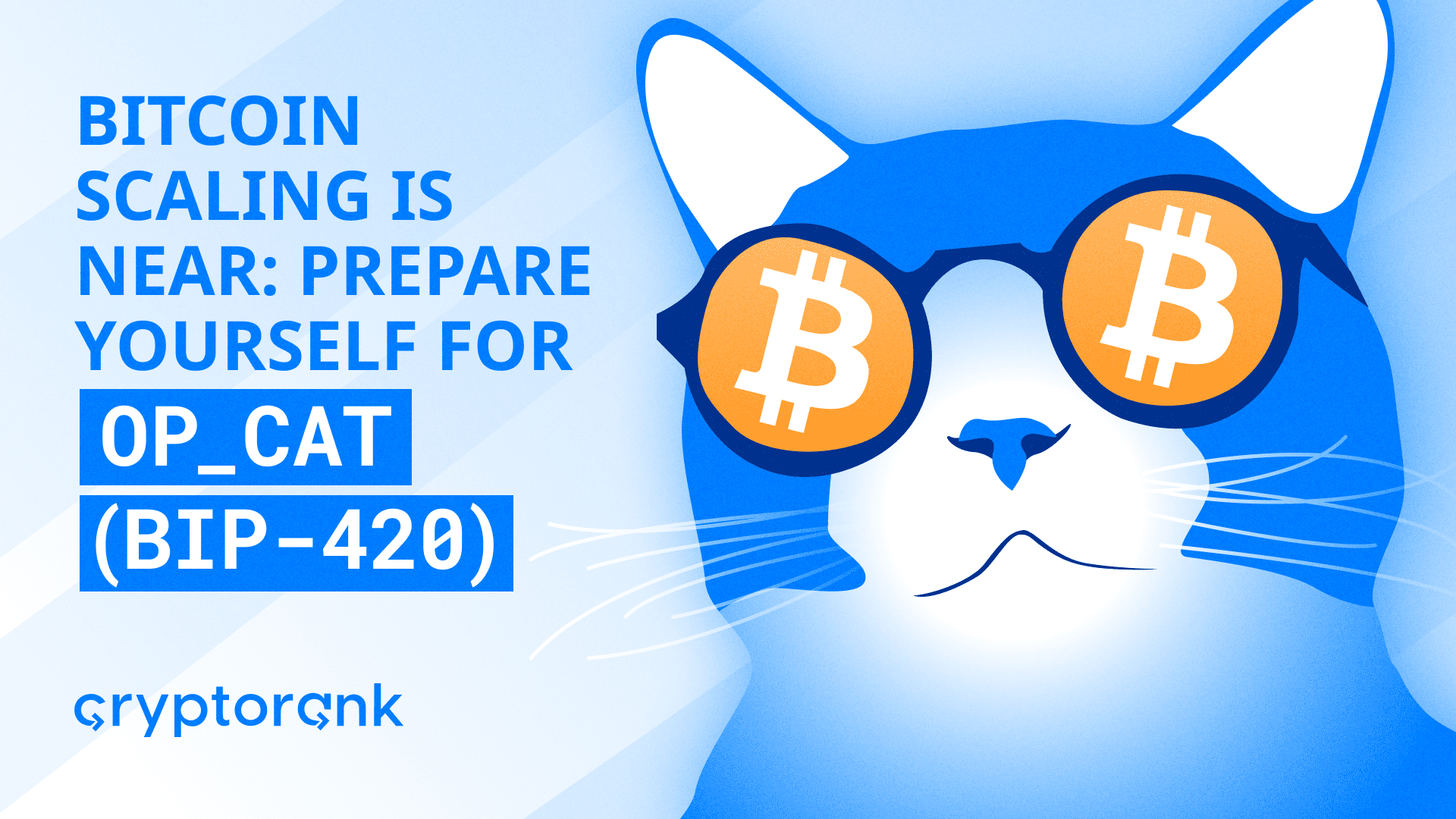

Key takeaways:
-
Bitcoin still faces significant scalability issues due to the fact that its scripting language lacks the complexity needed for developing decentralized applications and rollup implementations.
-
The new BIP-420 proposal aims to reintroduce the OP_CAT operation code through a soft fork to enable the creation of covenants, which are crucial for enhancing Bitcoin's scripting capabilities and leveraging the BitVM framework.
-
Projects like Starknet, RSK, Sovryn, and Stacks could become the best market play picks once OP_CAT is activated.
-
While waiting, prepare yourself by accumulating $BTC, trying Bitcoin hot wallets, studying new projects, and utilizing Signet.
The Issue of Bitcoin Scaling
The original scalability problem of early blockchains such as Bitcoin and Ethereum stems from their limited ability to process large amounts of data quickly and efficiently. Every time the network experiences an increased level of activity, users face an extended transaction processing time, resulting in network congestion. This delay forces users to pay higher transaction processing fees. Ultimately, the transaction speed and cost-effectiveness of a blockchain are significantly reduced during these periods of high traffic, making it less attractive for everyday use.
Ethereum overcomes the scalability problem by being highly programmable, as evidenced by the active development and implementation of rollups. However, the Bitcoin blockchain cannot enjoy high programmability due to the nature of its programming language, called Script. Script is not a Turing-complete language, which means that it cannot solve every computational problem by acquiring enough memory and time. While Script supports basic smart contract functionality, it lacks the complexity needed for decentralized application (dapp) development and rollup implementation.
Thus, the main obstacle to Bitcoin's scalability is its lack of programmability. Therefore, enhancing programmability is essential to addressing the scalability issue.
Everybody is Waiting For OP_CAT (BIP-420 Soft Fork)
In our March article on Bitcoin Scaling Solutions, we discussed BitVM, a theoretical framework designed to enhance Bitcoin's programmability and enable the creation of sovereign rollups. The introduction of BitVM sparked a renaissance among Bitcoin developers, resulting in the emergence of a new generation of Bitcoin Layer 2 projects, although many were ultimately hype-driven pacifiers. However, in order to unlock the potential of BitVM, Bitcoin lacks a technical upgrade that activates OP_CAT.
Shortly after Bitcoin's inception, Satoshi Nakamoto added an operation code (OP code) known as OP_CAT to Bitcoin's scripting language. This code enabled the concatenation, or joining, of two data sets or elements from a stack, then returned the combined result back to the stack. Such functionality allowed for the creation of covenants, which are rules dictating how $BTC could be spent. However, due to security concerns, including the potential for Denial of Service (DoS) attacks when used in conjunction with other OP codes, Satoshi Nakamoto disabled OP_CAT in 2010.
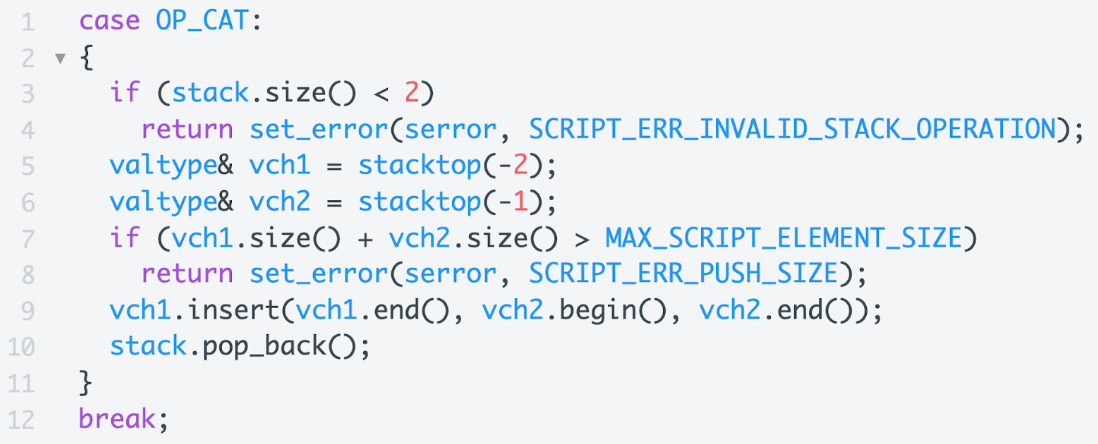
Now, over a decade later, the Bitcoin ecosystem has evolved significantly, and the OP_CAT-related security concerns are no longer. Innovations like Taproot upgrade, Ordinals, BRC-20 tokens, and BitVM have reignited interest in OP_CAT, culminating in the BIP-420 proposal to reintroduce the code through a soft fork. The re-enablement of OP_CAT would actualize covenants on Bitcoin, which, once again, are spending conditions that restrict how funds can be spent in future transactions. This capability is crucial for Bitcoin Layer 2 solutions since it enhances the scripting capabilities needed for more complex and trustless Bitcoin infrastructure. By enabling covenants, OP_CAT allows for creating advanced transaction conditions and features needed for Layer 2 solutions, like the ability to withdraw funds through a Layer 2 bridge.
Best Projects for a OP_CAT Market Play
Even with the constant emergence of many new projects, there will always be opportunities for market play with already tradable tokens of decent projects.
Starknet is Building a Unified Layer 2
At the beginning of June, Starknet repositioned itself to become a single layer that settles on both Bitcoin and Ethereum. Starknet aims to evolve into a chain, settling transactions concurrently on both Bitcoin and Ethereum. This development is anticipated to occur within six months following the potential implementation of OP_CAT. The BIP-420 soft fork will allow the integration of zk-proof verifiers into Bitcoin Script, thereby enabling secure and self-custodial transactions between Bitcoin and Starknet.
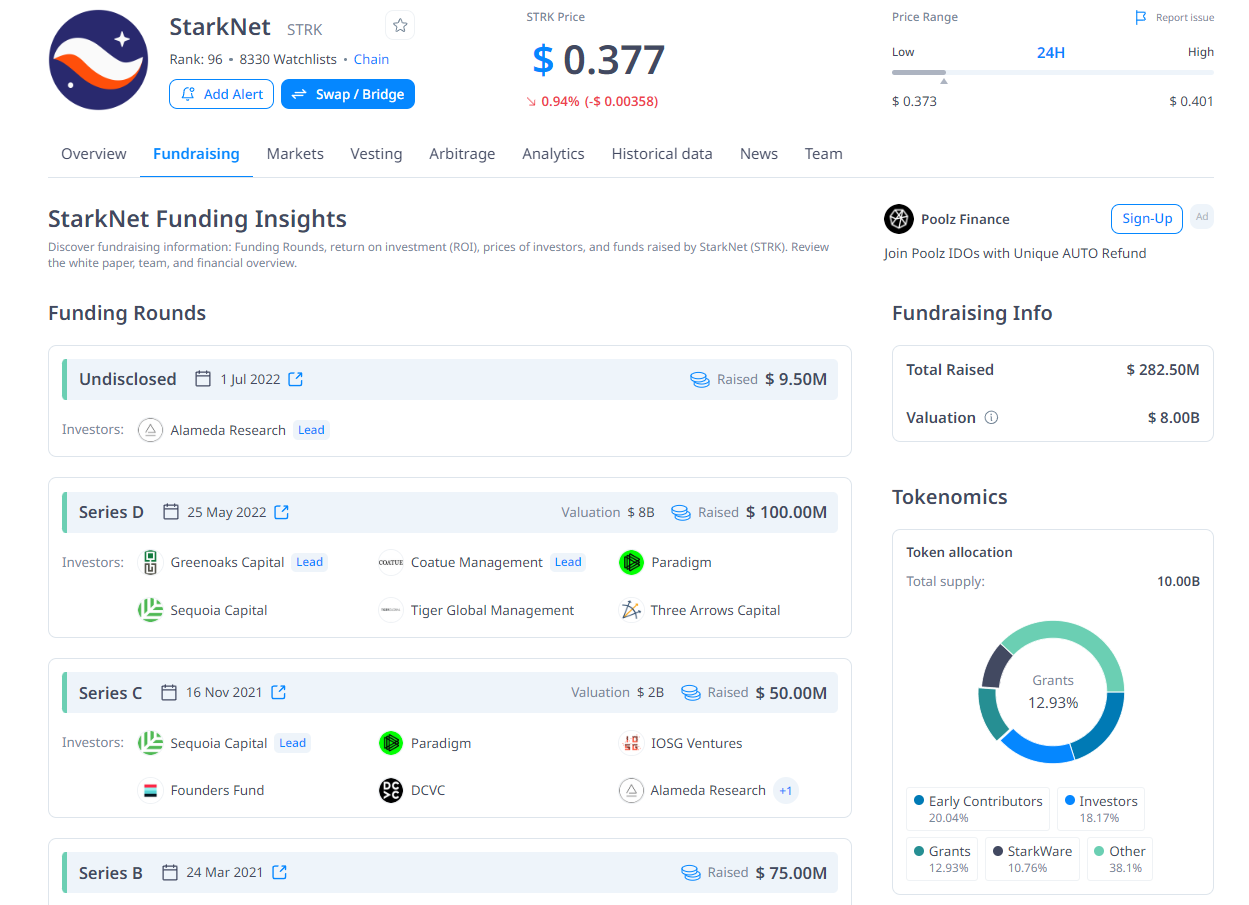
Now, StarkWare, the team responsible for Starknet, is actively supporting the adoption of OP_CAT and is taking concrete steps to realize this dual-settlement layer. The team has established a $1 million fund dedicated to researching OP_CAT and its potential impacts. This fund aims to foster development and provide empirical evidence for the effective use of OP_CAT. StarkWare is collaborating with the ZeroSync Foundation, which is driven by BitVM creator Robin Linus.
$STRK is the token associated with all Starknet products.
Rootstock (RSK Chain) Has Verified ZK-Proof on Bitcoin Mainnet
The RSK Labs team achieved a significant milestone in Bitcoin scaling by successfully verifying a zk-proof at the recent Bitcoin conference in Nashville. This cryptographic breakthrough was conducted on the Bitcoin mainnet and demonstrates the capacity to challenge and validate zk-proofs on-chain. The proof was verified using BitVMX, an independently developed modification of Robin Linus's BitVM framework.
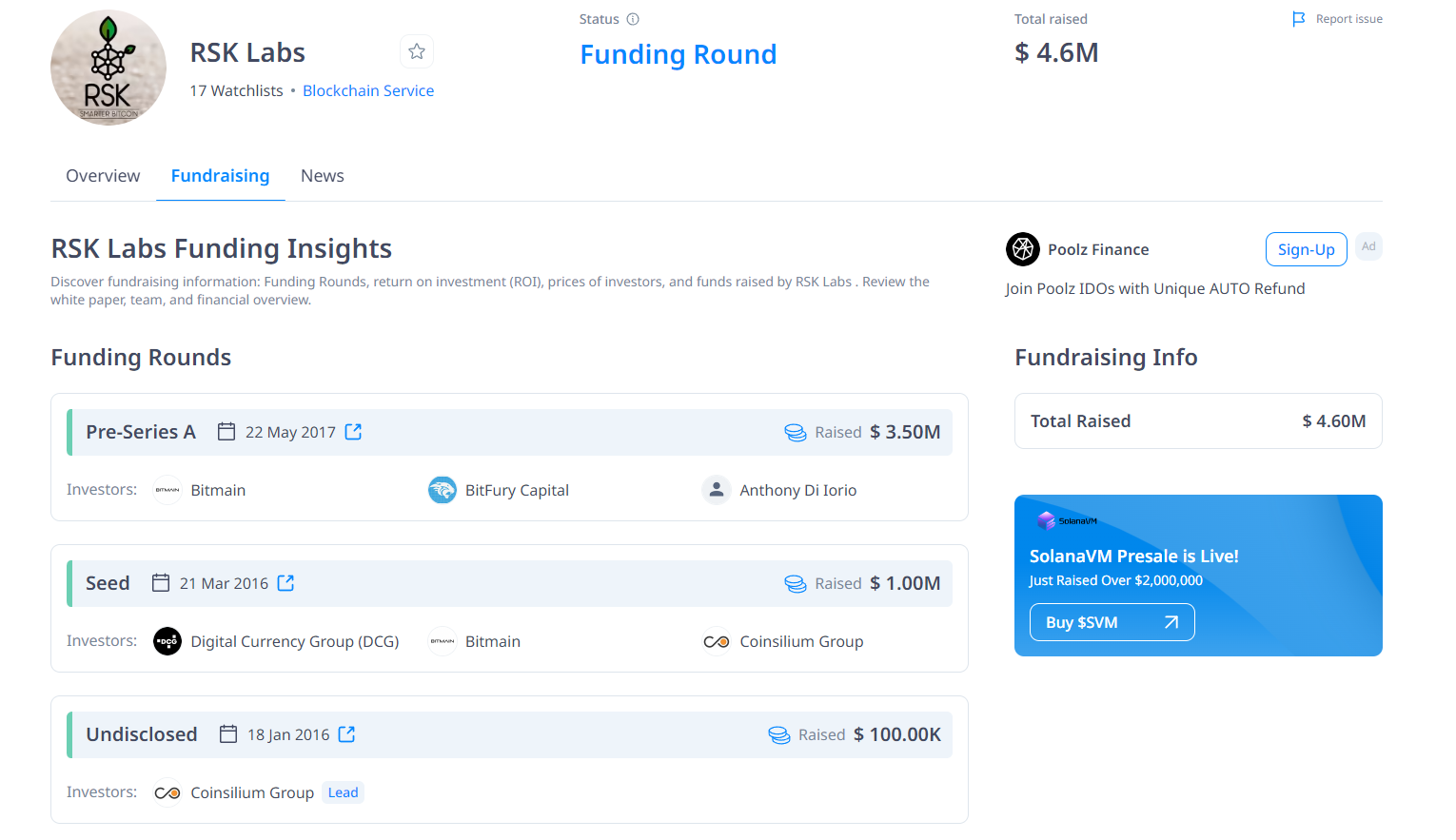
This demonstration theoretically represents a major advance in making the Bitcoin blockchain ready for faster and cheaper Layer 2 solutions, since they require some cryptographic proof verification. However, in reality, posting the verification proof is the easiest part, while challenging it is the hardest and still unachieved.
$RIF is the token associated with all RSK products.
Sovryn’s BitcoinOS Has Also Verified ZK-Proof on Bitcoin Mainnet
BitcoinOS is a framework for building interoperable Bitcoin rollups, created by the Sovryn team. It was another team that verified a zk-proof at the recent Bitcoin conference in Nashville. The Sovryn team has also used the BitVM approach, so the implementation mechanism was quite similar.
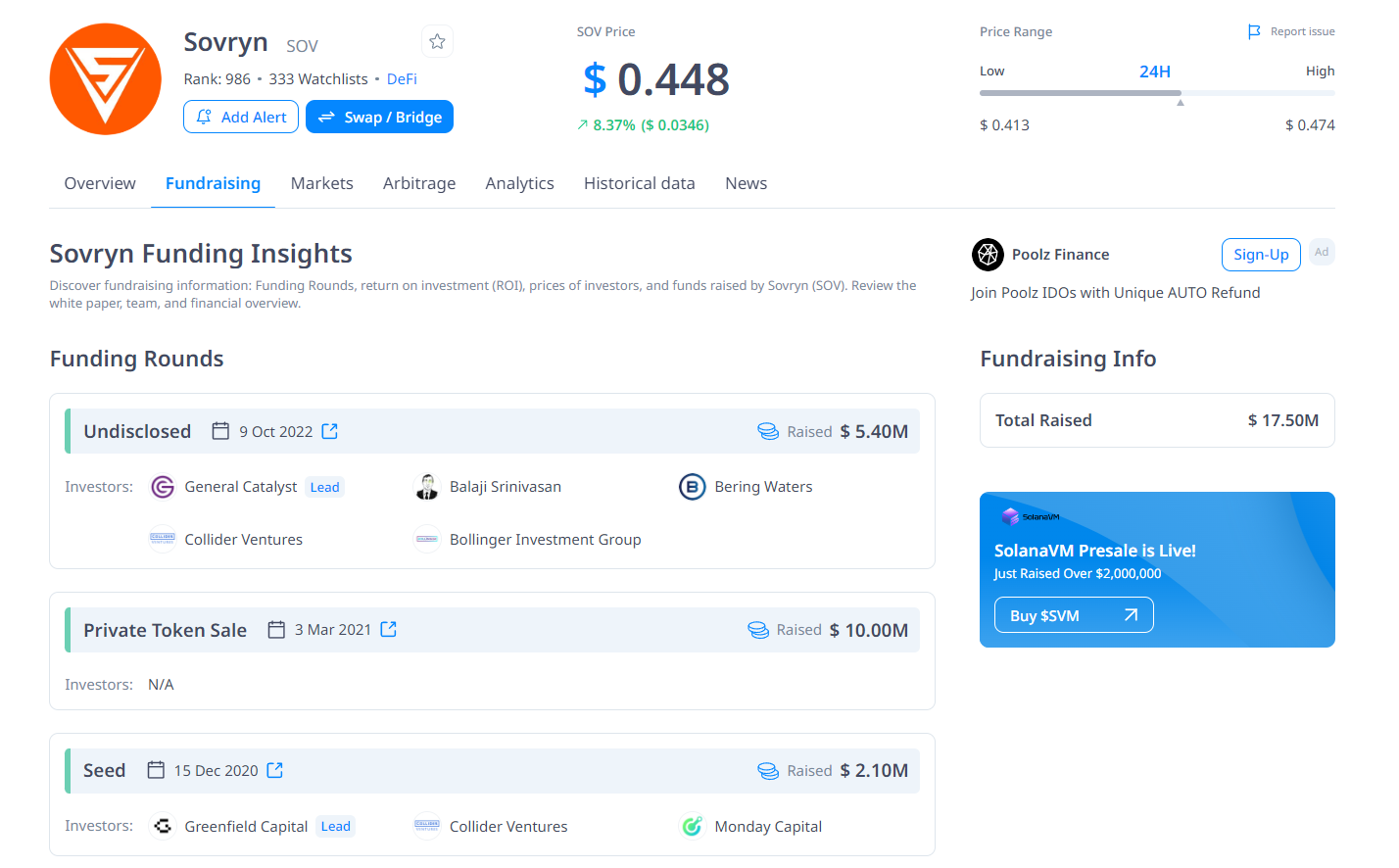
$SOV is the token associated with all Sovryn products.
Stacks is Finalizing Its Nakamoto Release
Stacks has little to do with BitVM or OP_CAT; they move in their own way but eventually can benefit from both. At the end of August 2024, the Stacks team plans to activate so-called Nakamoto Release, which will bring the network faster transactions, 100% Bitcoin finality, and pave the way for sBTC. sBTC is a 1:1 bitcoin-pegged programmable asset that provides smart contracts to write on the Bitcoin base layer and allow trust-minimized movement of Bitcoin in and out of Bitcoin layers. Eventually, sBTC activation will lead to the creation of rollup subnets on Stacks and the secure movement of $BTC between the Bitcoin mainnet and these rollups.
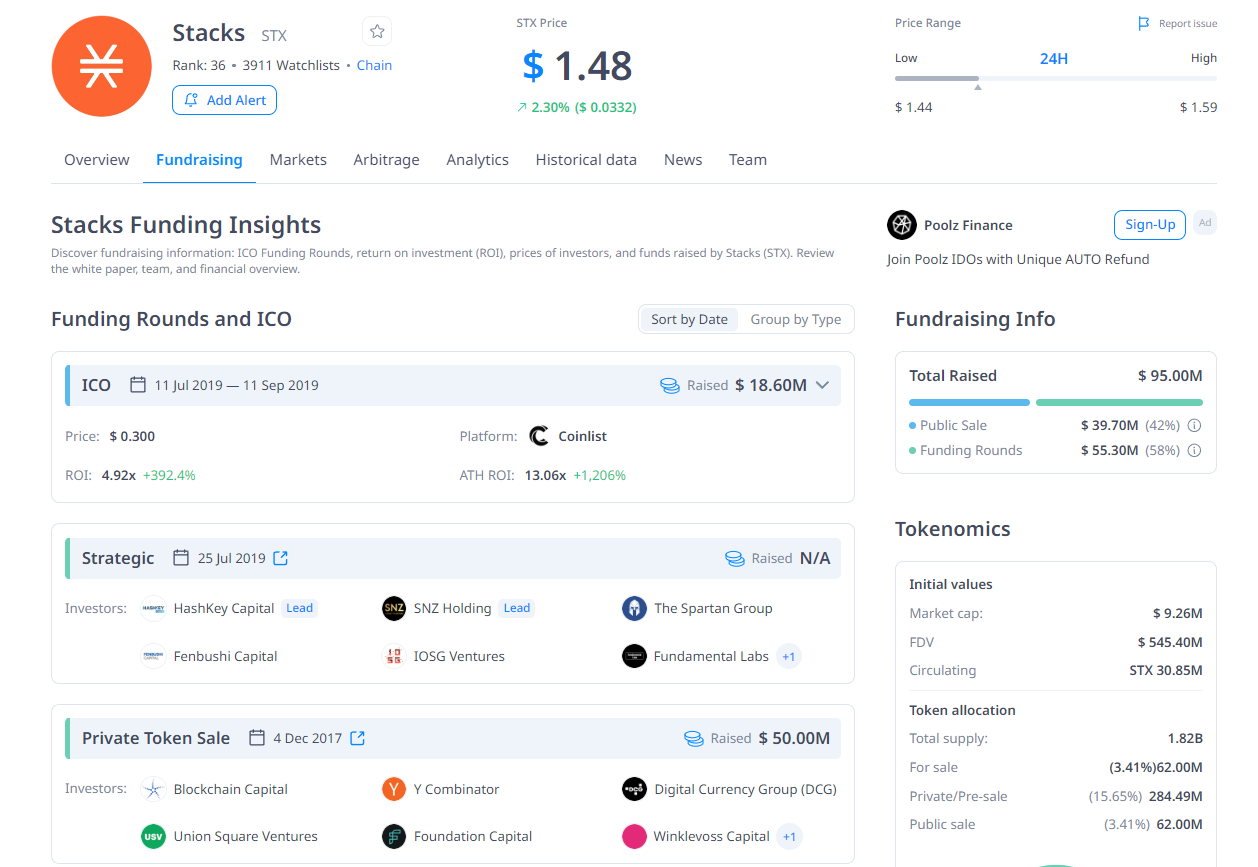
$STX is the token associated with all Sovryn products.
Getting Ready for OP_CAT Activation
So, as we can see, developers have made some progress in verifying zk-proofs on the Bitcoin mainnet and, thus, in getting closer to an actual Bitcoin rollup. However, the main obstacle isn’t verifying a proof, but challenging the verified proof. The BitVM currently does not support fraud proofs in memory and allows malicious provers to manipulate states and pass invalid proofs. Moreover, there is no efficient method for state passing between challenge-response units, complicating verification processes. That is why upgrades like OP_CAT in Bitcoin Core are necessary, and once implemented, the mentioned projects could skyrocket in the development of scalable Bitcoin rollups.
No one knows who is going to deliver the killer app of Bitcoin scaling or when. All Bitcoin scaling solutions are still far from being production-ready. It's even uncertain how and when Bitcoin Core will be upgraded to incorporate OP_CAT; that could take a year. The best thing you could do now is get familiar with the Bitcoin ecosystem:
-
Try out Bitcoin DeFi hot wallets. While accumulating $BTC, explore main Bitcoin DeFi hot wallets, such as Unisat, Xverse, and OKX Wallet.
-
Start making $BTC transactions. Your wallet history should clearly indicate that you are an active Bitcoin user. By demonstrating consistent activity on the Bitcoin mainnet, you could potentially become eligible for rewards from various Layer 2 projects, similar to the incentives often provided to Ethereum mainnet users.
-
Keep an eye out for Bitcoin Layer 2 tokenless projects. There are tons of Bitcoin Layer 2 projects emerging with testnets and airdrop programs, but there are few worth trying out. At the moment of writing this article, the author emphasizes: Babylon Chain, CatVM by Taproot Wizards, Citrea, Botanix, and BOB. You can check out the previous article.
-
Get familiar with Bitcoin Signet. Signet is the new Bitcoin testing network, introduced to provide a more stable and controlled environment for testing new features compared to previous testnets. Most of the projects mentioned above use Signet to test their products, so you're bound to come across it.
Output
Despite the hype and various claims, no true Bitcoin rollup has been realized yet. The reintroduction of OP_CAT through the BIP-420 proposal represents a critical step towards enhancing Bitcoin's programmability and enabling the creation of more complex and trustless infrastructure necessary for scalable Layer 2 solutions. Projects such as Starknet, Rootstock, and Sovryn have demonstrated progress in zk-proof verification on the Bitcoin mainnet, signaling a potential breakthrough in Bitcoin's scalability. However, the primary obstacle lies in effectively challenging these proofs, which still remains unresolved.
As the Bitcoin community anticipates the activation of OP_CAT, you can get ready for that by familiarizing yourself with the existing Bitcoin ecosystem, experimenting with Bitcoin DeFi wallets, and staying informed about emerging Bitcoin Layer 2 projects. While the timeline for achieving a production-ready Bitcoin scaling solution remains uncertain, efforts to enhance Bitcoin's scalability and programmability continue to drive innovation forward.
Disclaimer: This post was independently created by the author(s) for general informational purposes and does not necessarily reflect the views of ChainRank Analytics OÜ. The author(s) may hold cryptocurrencies mentioned in this report. This post is not investment advice. Conduct your own research and consult an independent financial, tax, or legal advisor before making any investment decisions. The information here does not constitute an offer or solicitation to buy or sell any financial instrument or participate in any trading strategy. Past performance is no guarantee of future results. Without the prior written consent of CryptoRank, no part of this report may be copied, photocopied, reproduced or redistributed in any form or by any means.
In This Insight
Coins
Read More
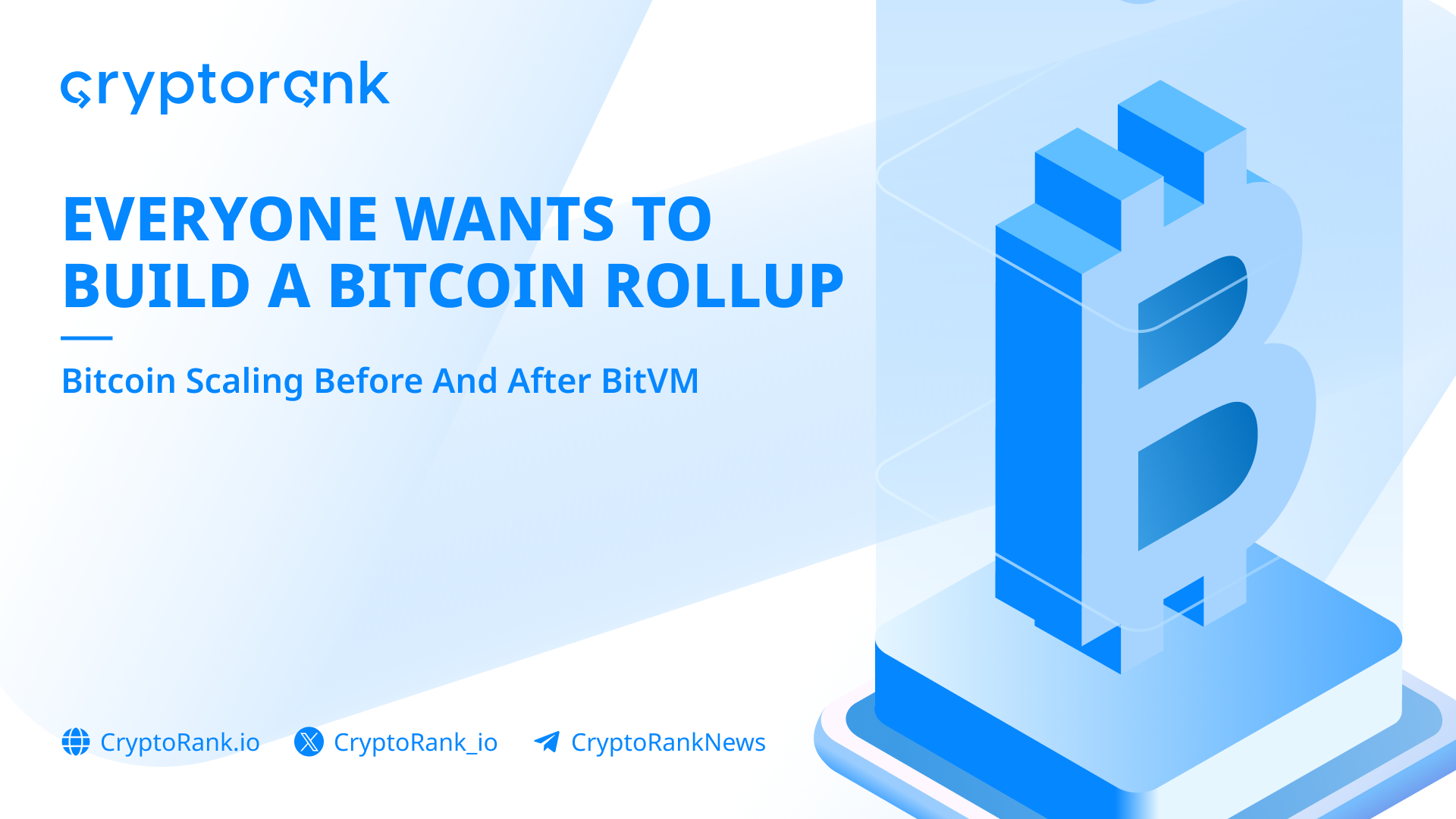
Everyone Wants to Build a Bitcoin Rollup
Table of Contents
- The Issue of Bitcoin Scaling
- Everybody is Waiting For OP_CAT (BIP-420 Soft Fork)
- Best Projects for a OP_CAT Market Play
- Starknet is Building a Unified Layer 2
- Rootstock (RSK Chain) Has Verified ZK-Proof on Bitcoin Mainnet
- Sovryn’s BitcoinOS Has Also Verified ZK-Proof on Bitcoin Mainnet
- Stacks is Finalizing Its Nakamoto Release
- Getting Ready for OP_CAT Activation
- Output
Table of Contents
- The Issue of Bitcoin Scaling
- Everybody is Waiting For OP_CAT (BIP-420 Soft Fork)
- Best Projects for a OP_CAT Market Play
- Starknet is Building a Unified Layer 2
- Rootstock (RSK Chain) Has Verified ZK-Proof on Bitcoin Mainnet
- Sovryn’s BitcoinOS Has Also Verified ZK-Proof on Bitcoin Mainnet
- Stacks is Finalizing Its Nakamoto Release
- Getting Ready for OP_CAT Activation
- Output